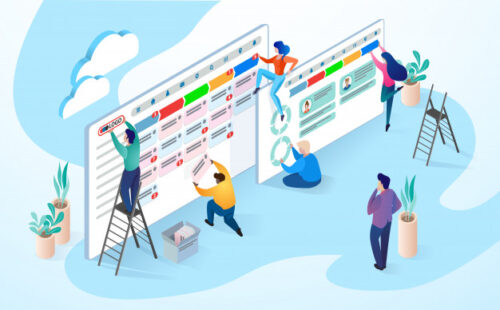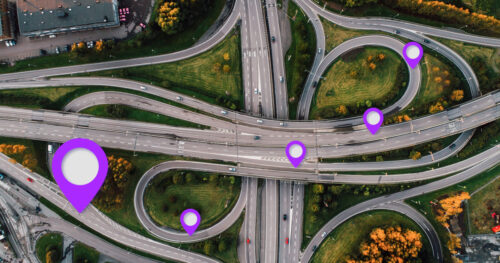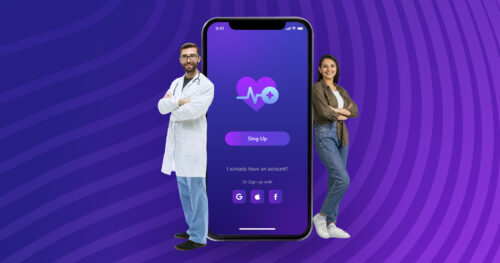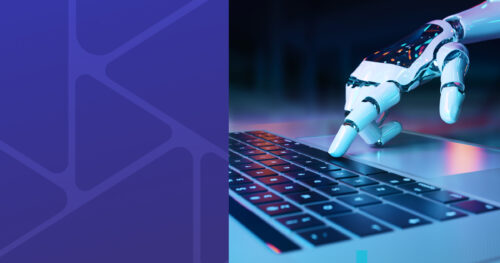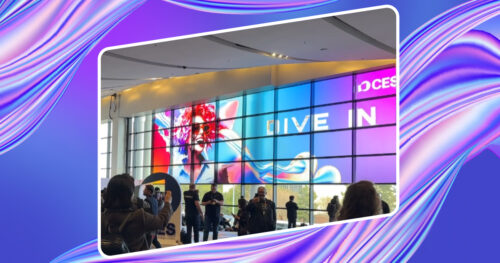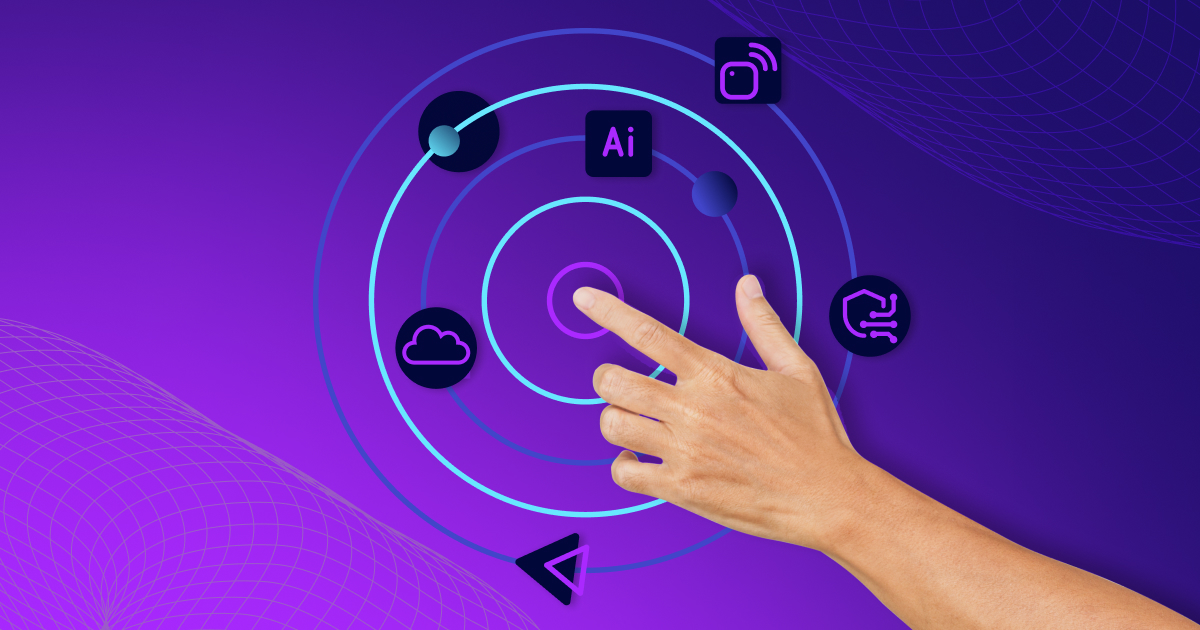The two-pizza teams concept originated at Amazon and refers to the idea that a team should be small enough to be fed with two pizzas. It’s about more than cost; it’s about team performance and efficiency. The initial meaning of the “two pizzas” idea referred to internal teams. But at DigitalMara we’ve applied this concept to dedicated teams for outsourcing software projects. In this article, we’ll talk about the benefits of compact teams and how it works in practice.
The ideal size for a two-pizza team is 5 to 8 members. A results-oriented team of this size should have the knowledge and capabilities to adapt quickly to changing requirements and to deliver high-quality software to the clients in a timely manner. It’s typically composed of diverse skill sets, including developers, a UI/ UX designer, tester, DevOps and project manager.
Benefits of two-pizza teams
The team structure in software development is determined by various factors, including changes in technology, project complexity, and organizational dynamics. The two-pizza team model promises to overcome challenges that may result from more sprawling team structures, such as inefficient workflows, weaker results, and slower decision-making. This IT outstaffing model represents small, cross-functional, self-organizing teams capable of delivering end-to-end solutions independently.
- Collaboration – Communication and decision-making are faster in a small team. Such an approach facilitates productivity and creative thinking to solve tasks. Teammates share their ideas, leading to more innovative solutions.
- Transparency and accountability – Small teams have a clearer focus on the project’s goals and priorities. Each team member takes ownership of his or her work on the project and plays a vital role in contributing to the project’s success.
- Agility – A small team is more flexible on dynamic projects and can adapt better to changes in requirements. Response to feedback is fast, enabling faster iteration and continuous improvement.
- Cost-effective IT staffing – Teams of the right size and composition allow you to avoid excessive costs associated with management, communication and closing tasks. And agility and responsiveness contribute to a faster product launch.
The two-pizza team concept is supported by Agile methodology, sharing a focus on team autonomy, flexibility, iterations and communication. According to Agile methodology, teams work in short iterations or sprints, providing a version of the software product at the end of each iteration. All changes are implemented throughout the development process, considering stakeholder feedback and adjusting priorities accordingly. Two-pizza teams split work into small, feasible tasks that can be completed in a short time, following the project’s progress. They remain agile and responsive to changes in requirements and project needs due to decentralized decision-making.
The two-pizza team outstaffing model has a positive impact on the company’s Key Performance Indicators (KPIs). For example, thanks to the team being quicker to assemble, the delivery time for projects and time-to-market is reduced. Next comes resource optimization – companies avoid the overhead associated with maintaining large in-house teams and only pay for the resources they need for the project’s duration. The team can also have a hybrid structure, combining in-house staff and external resources to achieve project goals and deliver good results.
IT staff augmentation gives access to the global talent pool. Members of the same team can operate in different geographic locations. Companies get specialized skills and expertise, regardless of their physical location, which has a positive impact on KPIs related to product quality and innovation. Two-pizza teams also can help companies mitigate risks associated with talent shortages, skill gaps, and project delays. Such diversification improves resilience against unforeseen challenges and mitigates risks.
All of the above confirms the results-oriented approach of two-pizza teams. With a clear understanding of project objectives and desired outcomes, and by prioritizing potential value, teams can maximize return on investment and ensure efficient allocation of resources to achieve meaningful results.
Challenges of two-pizza teams
- Limited skill sets – Software projects can be complex and require specific tasks. Small teams may lack the specific expert knowledge and on-demand skills needed.
Solution – To address this challenge, two-pizza teams can be staffed with external specialists or domain experts to fill skill gaps.
- Scalability – Two-pizza teams, designed to be small and agile, may face challenges if the project grows. And when scale-up is needed, adding new team members may introduce challenges with communication and coordination.
Solution – To mitigate this challenge, the team should build scalable workflows and processes that can be adapted to changing project requirements and team sizes.
- Oversight – With small teams, there may be fewer levels of supervision or management compared to larger project teams. This can make it difficult to monitor progress and track checkpoints.
Solution – To mitigate this limitation, it’s necessary to implement reliable project management processes, establish clear communication channels, and provide proper support and guidance to the two-pizza team.
We compared the two-pizza team model with a standard IT staff augmentation model:
| Two-pizza team | Standard outstaffing | |
| Time size | From 5 to 8 | From 1 to not limited |
| Team composition | Cross-functional group of individuals with diverse skill sets. | May have a more specialized composition, with separate groups dedicated to specific roles. |
| Onboarding | Efficient onboarding, as clients can be quickly connected to a cohesive team with the necessary set of skills. | Onboarding can be longer, as more time is needed to assemble a team and bring everyone into the project. |
| Communication | A small number of communication links allow information to be distributed and discussed faster. | A larger number of communication links makes it more formalized and structured, which slows down processes. |
| Ownership | Teams are empowered to make decisions autonomously and take ownership of their work. They are responsible for the entire development lifecycle, from planning and execution to delivery and maintenance. | Teams work under the supervision of the client’s project manager or team lead. While they contribute to the project, they may not have the same level of autonomy or ownership over the entire process. |
| Flexibility | Faster response to changes in requirements and project needs. Less time is spent on negotiations. | More complicated team structure. And more time is spent on negotiations and approving edits. |
| Distributed teams | Yes | |
| Expertise | Both models provide access to skilled professionals with expertise in various technologies and domains. | |
| Costs | Both models can be cost-effective alternatives to traditional hiring or in-house development. | |
DigitalMara’s approach for two-pizza teams
- We analyze the technical and business requirements of each project and form a team based on this knowledge. Normally the team is composed of diverse skills with comprehensive coverage of all project needs. The mix of senior and middle team members allows for a balance of expertise and workload. It is necessary to regularly evaluate the size and structure of the team to ensure that it still meets the project’s requirements.
- We ensure open and transparent communication between our two-pizza teams and clients. It is especially crucial when people are distributed across different locations and time zones. Modern communication tools and practices facilitate real-time collaboration and keep everyone aligned and informed.
- We encourage team members to make decisions within their area of expertise. The two-pizza teams approach fosters ownership, creativity and accountability. To achieve efficient autonomy, it’s necessary to clearly define the scope of authority and decision-making responsibilities for each team member.
- The two-pizza team is fully dedicated to a single project, fostering a collaborative environment where every member is deeply invested in the project’s success. Such focus allows for greater agility and responsiveness to project developments, ensuring that any issues or changes can be promptly addressed and resolved.
Final words
In today’s competitive environment, outsourcing software development is a common practice for companies that want to quickly and efficiently develop their software products. IT project augmentation provides access to external teams, expertise and resources.
Two-pizza teams benefit outsourcing software development projects by enabling companies to increase efficiency, collaboration, and innovation. Based on small team sizes, optimized communication, and enhanced decision-making capabilities, such an IT outstaffing model enables speed, agility and quality. At DigitalMara we use the power of two-pizza teams to deliver innovative solutions and drive success for our clients.






